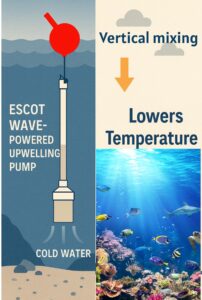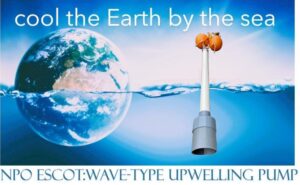Wave-type upwelling pump sales commenced
Wave-Actuated Upwelling Pump: Using the power of waves to cool the oceans of the future.
Monitors wanted.
High-temperature seawater surface (heat layer) cooling device using vertical stirring of seawater
Vertical Seawater Mixing-Based High-Temperature Seawater Surface (Heat Layer) Cooling System
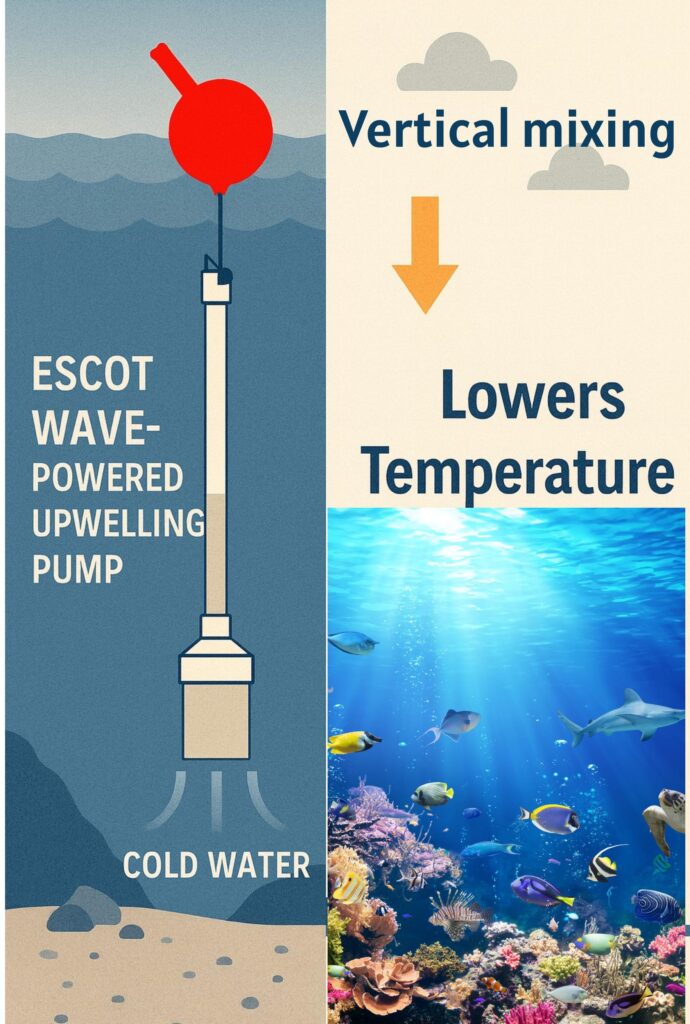
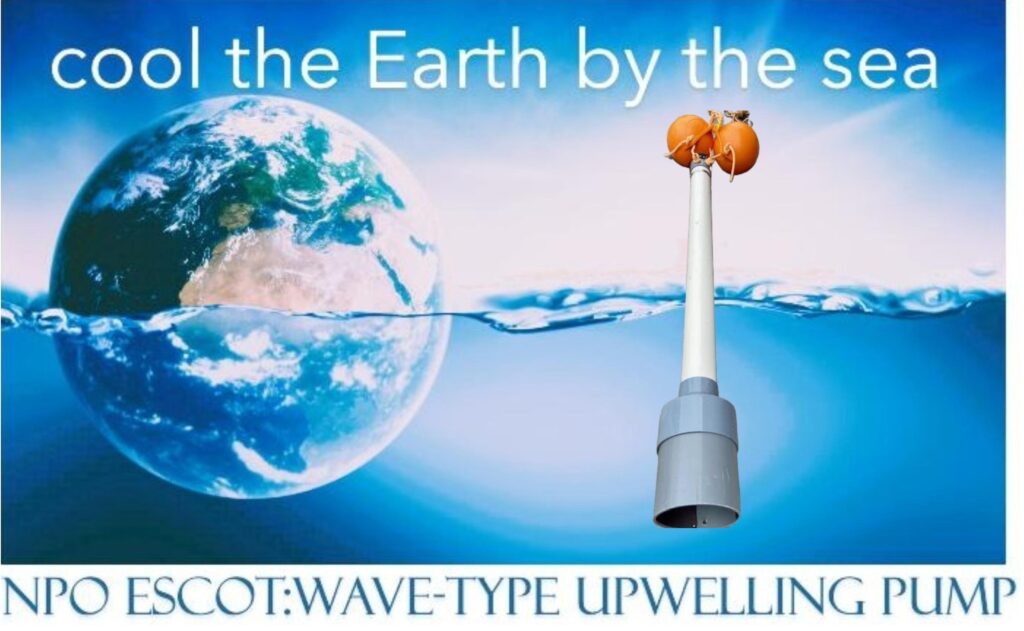
Upwelling principle
A wave-actuated upwelling pump consists of a pipe with a check valve connected to a floating body (buoy).
A simple mechanism enables efficient upwelling diffusion of seawater at low cost
- When it rises , the valve closes and the water in the pipe is pulled up.
- When descending , the valve opens and the water is discharged.

Experiment in the laboratory (Shibaura Institute of Technology)

Ocean upwelling

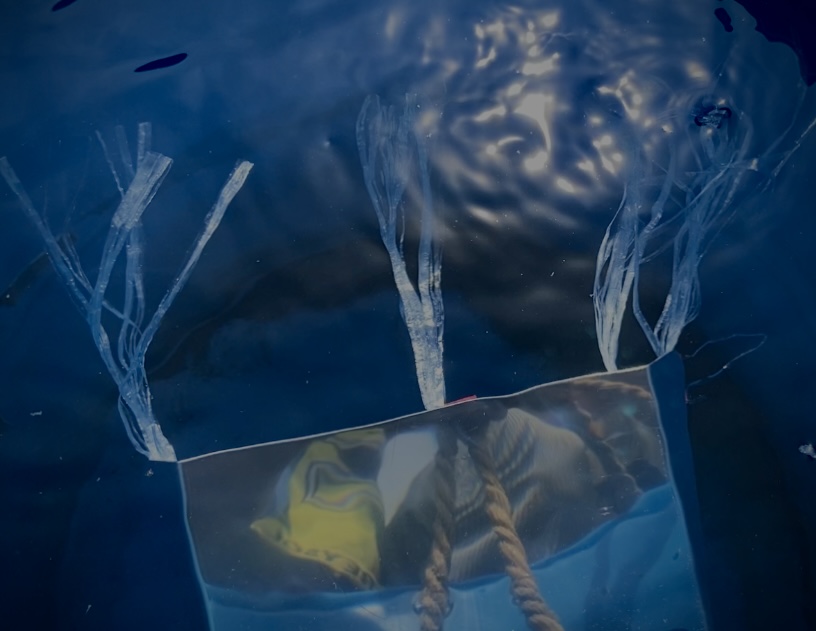
Basic structure
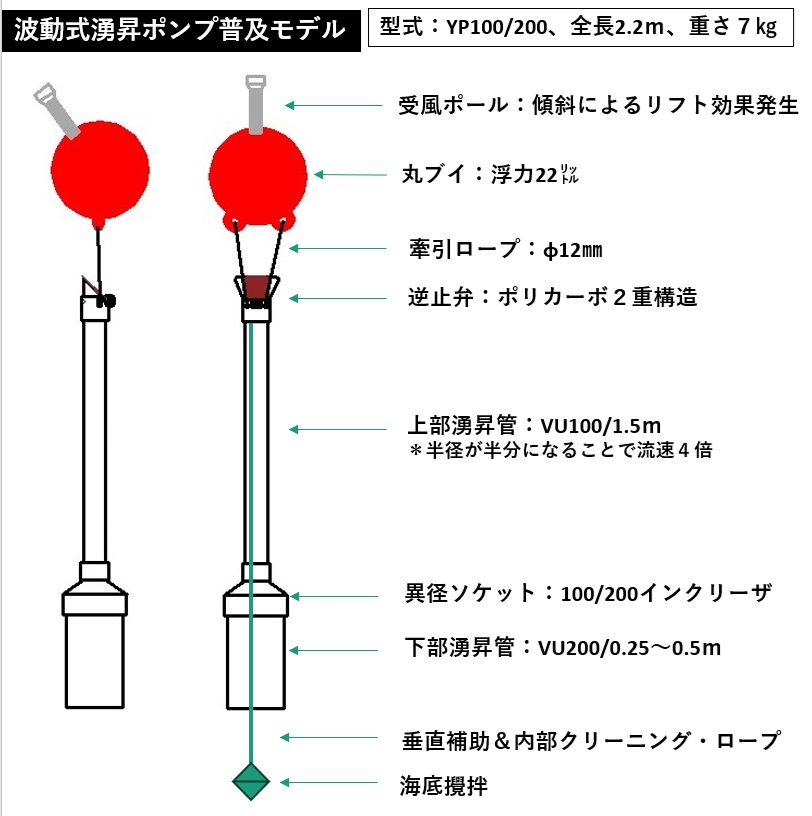
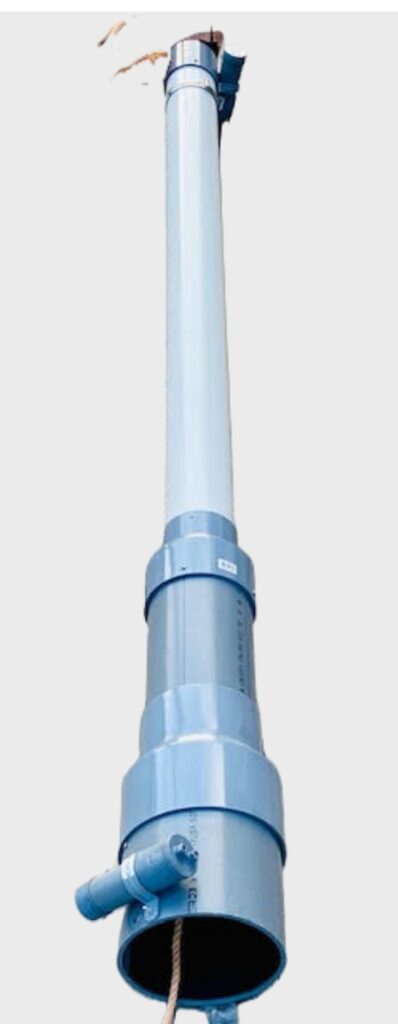
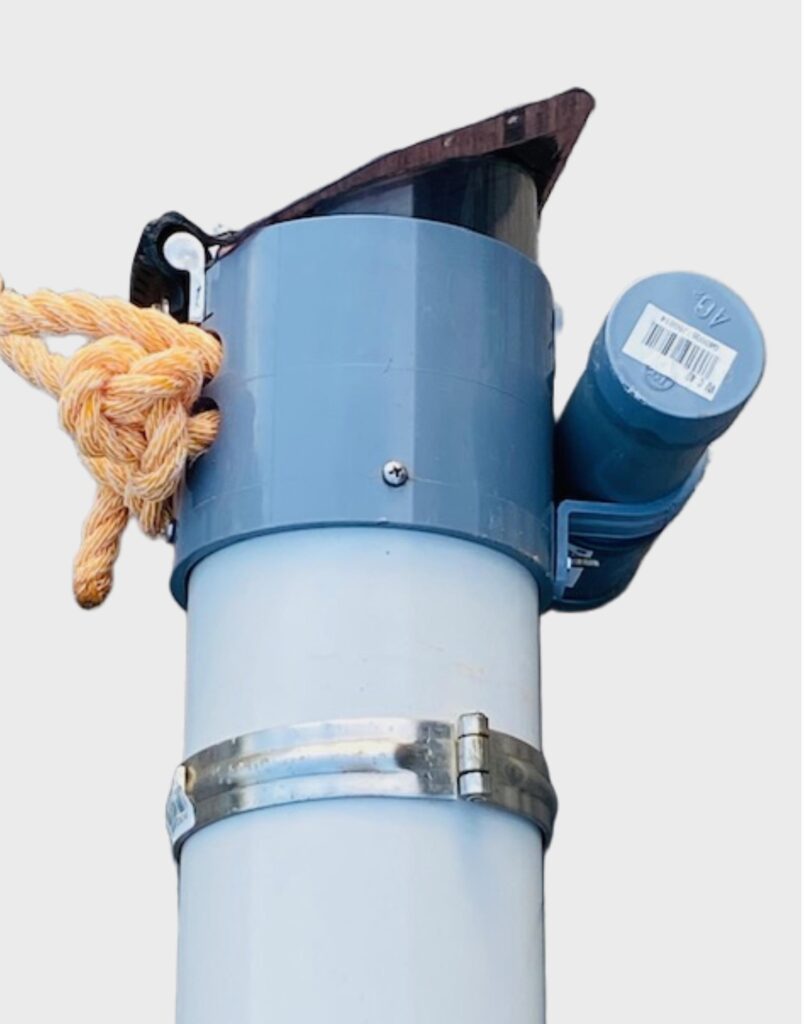
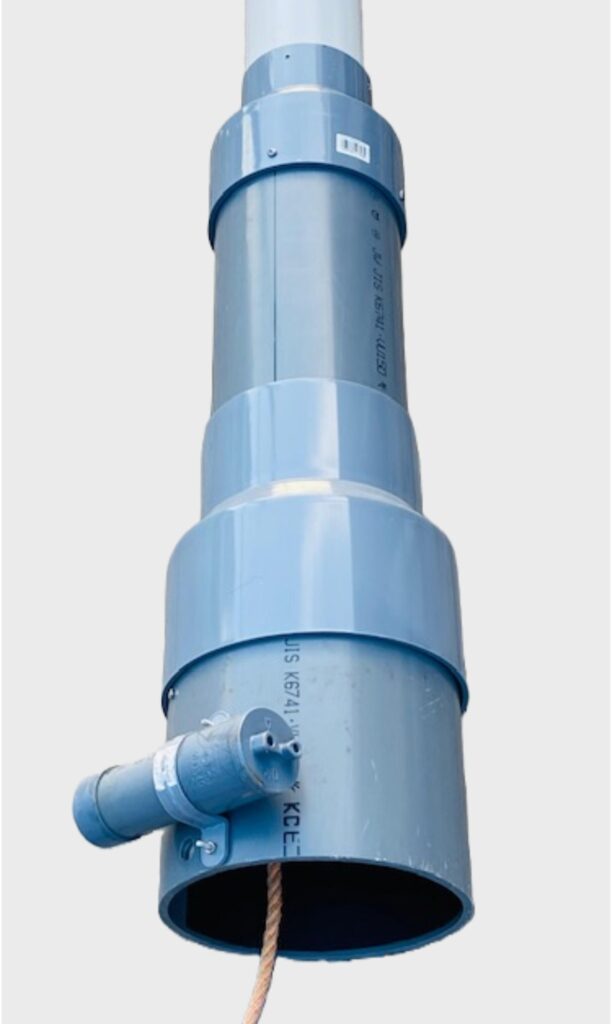
Diagonal cut wide check valve
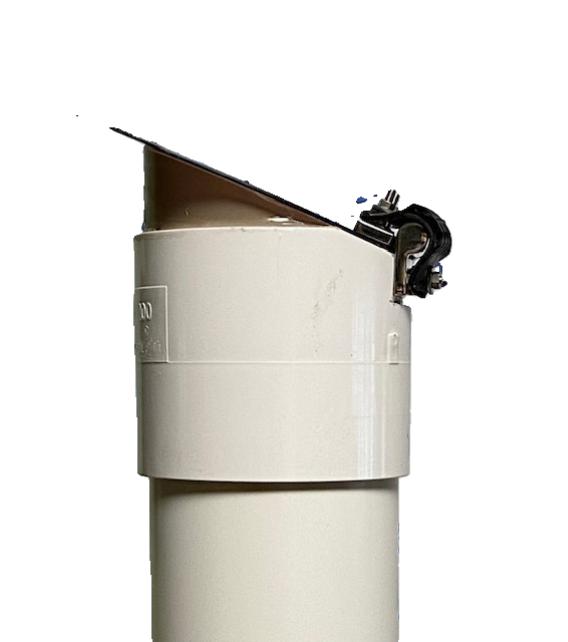
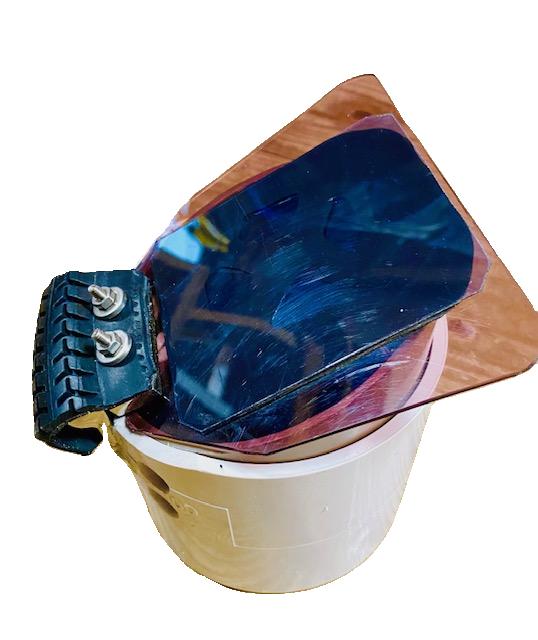
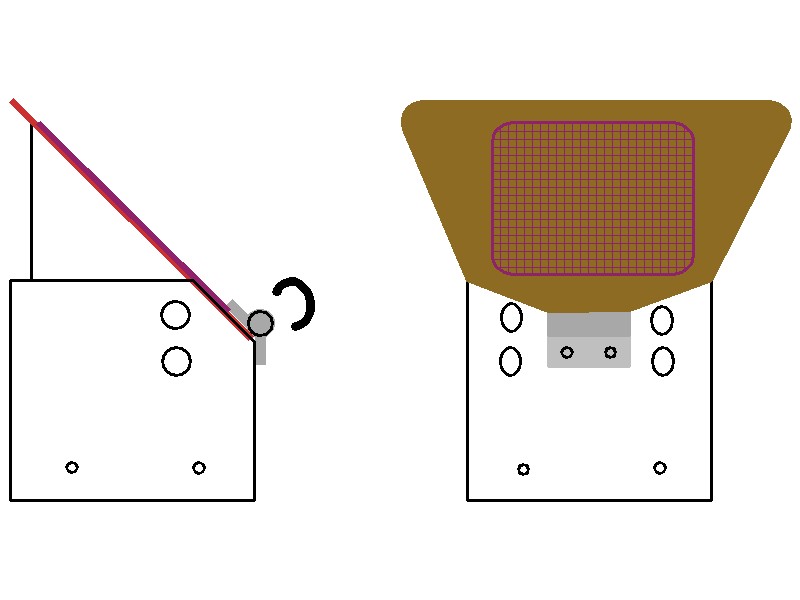
Buoy with wind-receiving pole
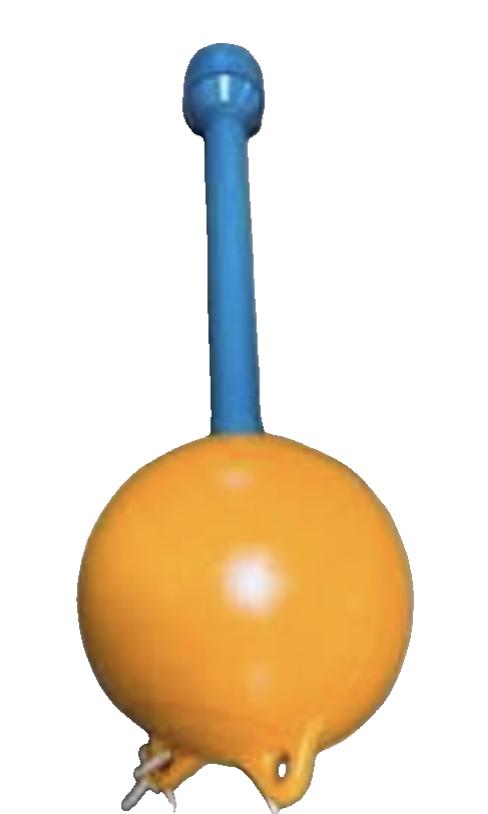
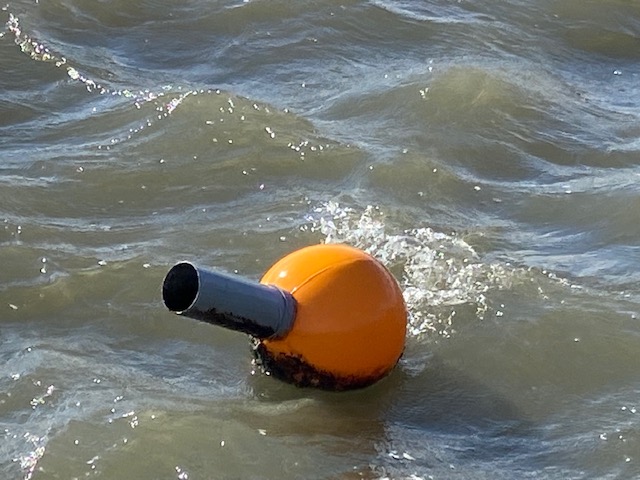
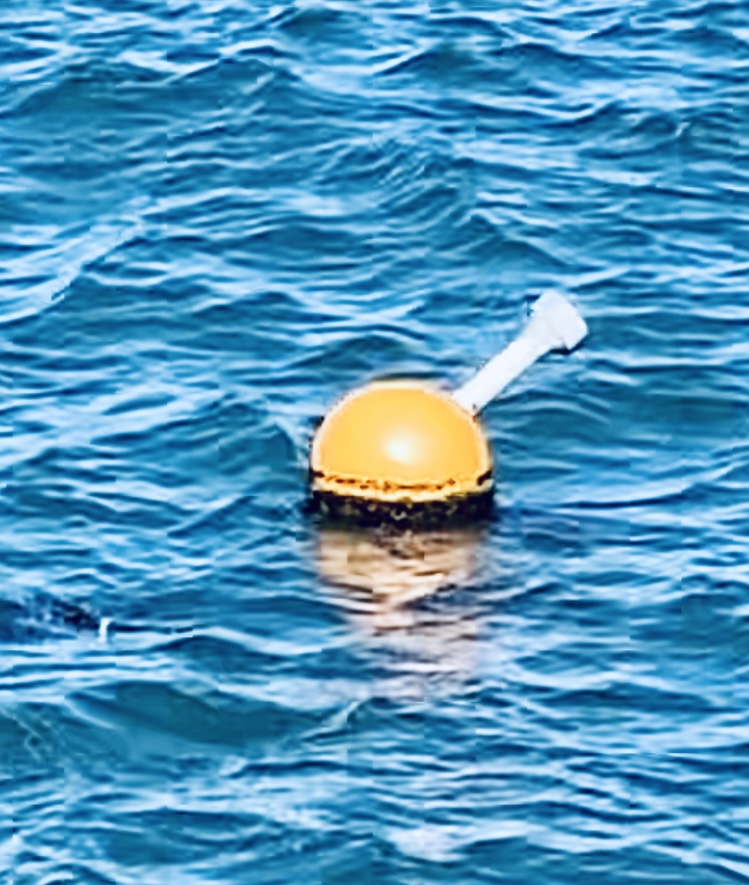
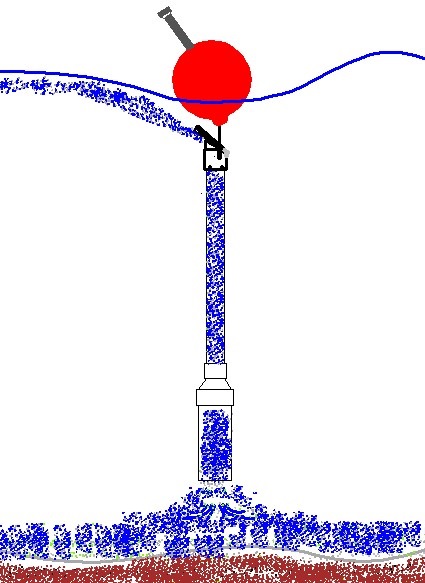
Implementation Features
1. Zero energy = Seawater is pumped using only wave energy, no running costs required
2. DIY production, small-scale decentralized production = Creating new businesses for fisheries-related people and local companies
3. Open technology = Patent-free provision of know-how
Novelty of the device
1. Utilizing cold water from shallow sea layers (3-5m deep) = Smaller and more decentralized equipment
* Less risk of environmental change associated with pumping deep ocean water.
2. Expandable check valve developed (patented) = Capable of pumping even with small or irregular waves
* Can also be used to purify water by diverting and stirring in inland bays and lakes.
3. Preventing the growth of organisms inside the pipe and promoting growth on the outside = Improved maintenance efficiency and effective as a fishing reef
* The growth of organisms on the outside of the upwelling pipe attracts small fish, creating a fishing reef effect.
Estimated upwelling volume and diffusion area

*The above upwelling amount is a theoretical value and not a guaranteed value.
*Upwelling is not possible in a situation without wind and waves.
*Experimental values can be found here
Case study: Scallop farm



Case study: Okaya Technical High School/Shinshu University’s Lake Suwa purification project
Okaya Technical High School presentation materials



Sales price
①Check valve part = ¥29,800 (tax and shipping not included)
- The diagonally cut wide valve allows pumping from small waves of 5 cm.
- Uses a φ6mm hinge for durability of over 2 years with 30,000 openings/day
- The use of a double polycarbonate valve body reduces the risk of water pressure damage during stormy weather
. *Please purchase PVC pipe for the upwelling pipe at a nearby hardware store.
*We will provide guidance on connection methods and ropework.
*The nominal diameter of the check valve is VU100, but please contact us for custom orders.
② Round buoy with wind-receiving pole (with towing rope) = ¥12,800 (tax and shipping not included)
- The pole-shaped design allows it to handle wind from any direction, 360°
- By installing it at an angle, the directionality of the vibration is improved = Pump rotation control
*Buoy size: Diameter: 36cm, Hole diameter: 23mm, Buoyancy: 21kg
*We will provide guidance on rope work.
About the introduction
| Forecasted users | Current issues and needs | Expected effects of introduction | Concerns at the time of implementation |
|---|---|---|---|
| Marine/coastal aquaculture operators (fish, shellfish, algae) | Rising seawater temperatures, decreased dissolved oxygen, suppression of feeding efficiency and growth, control of red tides and eutrophication | Nutrient-rich deep water is brought up to the surface to improve productivity and reduce stress | Initial cost, durability, operation management, safety, track record |
| Seaweed/kelp farming business | Nutrient supply, growth promotion, stable yield | Enhanced nutrient content through upwelling effect, stable profits | Water quality impact, installation location, implementation risks, subsidy response |
| Marine research institutes, universities, and local government marine policy departments | Marine environment control, artificial upwelling test, climate change response | Acquisition of demonstration data, model verification, environmental improvement effects | Research costs, data reliability, ecological impact, safety |
| Tourism and environmental conservation organizations | Cooling of coral reefs, restoration of seaweed beds, improvement of local marine areas | Localized cold water injection, seaweed bed recovery support | Regulatory compliance, safety, monitoring capabilities, cost-effectiveness |
Concerns
Initial cost estimate
| Part Name | type | quantity | unit | Unit price (yen) | Total (yen) | ||
| non-return valve | VU100 compatible, polycarbonate valve | 1 | indivual | 29,800 | 29800 | ||
| 1 | Upper riser | VU100 | 2 | meters | 1,000 | 2000 | |
| 2 | Different diameter socket | VU100/150 | 1 | indivual | 2,000 | 2000 | |
| 3 | Central riser | VU150 | 1 | meters | 3,000 | 3000 | |
| 4 | Different diameter socket | VU150/200 | 1 | indivual | 3,000 | 3000 | |
| 5 | Lower riser | VU200 | 1 | meters | 3,000 | 3000 | |
| 6 | Buoy with wind-receiving pole | Buoyancy 21㍑ | 2 | indivual | 12,800 | 25600 | |
| 7 | Ropes: for towing/connecting/preventing biological adhesion | 12㎜ | 30 | meters | 200 | 6000 | |
| 8 | Other items for on-site use | ||||||
| 9 | anchor | We recommend using multiple anchors weighing approximately 10 kg each. | 10,000 | ||||
| 10 | Auxiliary buoy | A buoy of around 10 liters is recommended. | 1 | 6,000 | 6000 | ||
| *Prices are approximate except for check valves and buoys with wind-receiving poles. Please check with your local hardware store. | total: | 80400 | |||||
*Prices are approximate except for check valves and buoys with wind-receiving poles. Please check with your local hardware store.
*Tax and shipping fees will be charged separately.
Cost-effectiveness forecast
Reduced demand for air conditioning (mitigation of heat island effect)
- This reduces the temperature and humidity of the sea breeze, reducing the air conditioning load in coastal areas.
- KPI examples : kWh reduction/day, avoided CO₂ (t/year), credit income (¥/year)
Reduce the risk of red tides and hypoxia (HAB/hypoxia)
- It breaks down excessive stratification on the surface and suppresses abnormal growth and blue tides.
- KPI examples : Reduction in incident rate (%), Amount of damage avoided (¥/year)
Raising fisheries production
- Supply of nutrients increases primary production → improves feeding environment → increases catch volume.
- KPI examples : additional catch (kg/year), increased revenue – incremental cost = net benefit (¥/year), BCR
Maintaining tourism and recreational value
- By improving water quality and suppressing harmful blooms, opportunity losses for beach and marine businesses are reduced.
- KPI examples : Increase in number of operating days/year, increase in visitors and sales (¥/year)
Strengthening urban resilience
- By mitigating ocean surface thermal anomalies, we can create an environment that is more conducive to mitigating the effects of extreme heat and marine heat waves.
- KPI examples : Reduction in the number of days with heat-related warnings, Peak power reduction rate (%)
Creation of CO₂ reduction credits (indirect route)
- Reduced air conditioning power consumption → Avoided CO₂ emissions from power generation are credited.
- KPI example : tCO₂/year, credit unit price x reduction amount (¥/year)
Fisheries
- Route to increased production: ↑ nutrients → ↑ primary production → ↑ fish biomass → ↑ catch volume → ↑ income
- Damage avoidance route: Risk of HAB/high water temperature/hypoxia due to cooling and upwelling ↓ → Expected losses (mortality, fishing bans, quality deterioration, etc.) ↓ → Benefits ↑
inquiry
NPO Escot
4-17 Azumakami-cho, Kashiwa City, Chiba Prefecture 277-0011
Testing site 768-22 Kamifuse, Onjuku Town, Isumi District, Chiba Prefecture
e.mail:ser.kashiwa@gmail.com
tel:+81-4-7166-4128
mobil:+81-80-4365-0861
fax:+81-4-7166-4128
https://www.npo-escot.org
e.mail:ser.kashiwa@gmail.com
